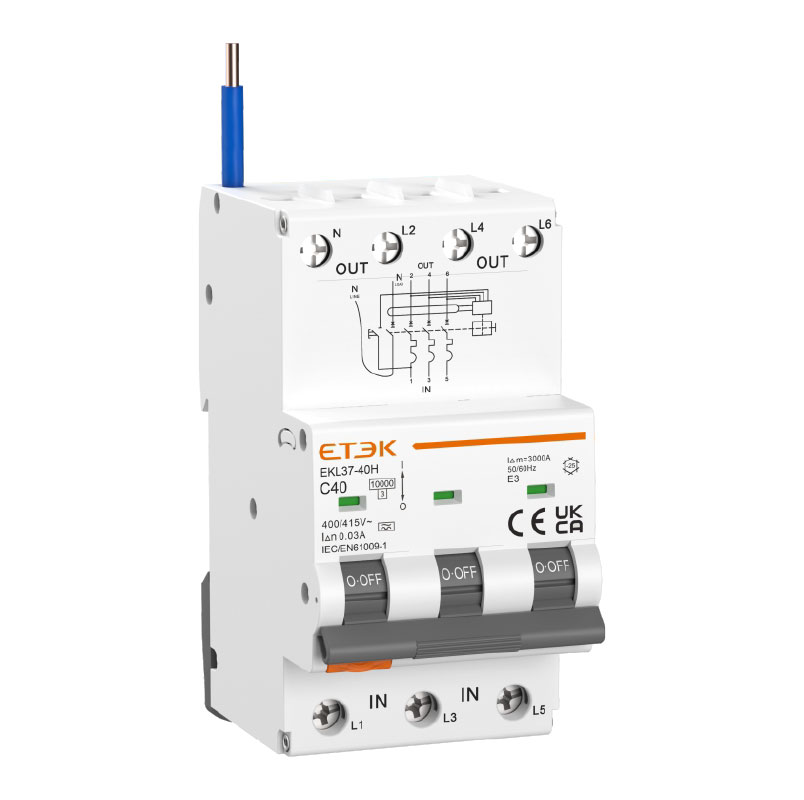How do EV chargers work?
At its most basic, an EV charger pulls an electrical current from either a 240v outlet or the grid it’s hardwired to and delivers that electricity to the vehicle, just like any other appliance or device you charge by plugging into the wall.
One of the biggest concerns for electric vehicle (EV) owners is knowing when and how to charge their vehicle. It makes sense: The average American has spent their life driving around in gas-powered cars, filling up at one of the hundreds of thousands of gas stations as the gauge creeps towards empty. Charging one’s EV takes a little more planning, but with the growing demand and incentives for alternatives to gas-powered cars, public EV charging stations are becoming a more common sight.

So whether you’re the owner of an EV or looking to add a public EV charging station to your commercial property, here are just a few things you should know about how an EV charger works.
What Is an EV Charger?
Both electric vehicles and plug-in hybrid electric vehicles require an EV charger to keep the battery full, just like any chargeable device or electronic.
Every Charger Won’t Necessarily Plug to Every EV—But Adaptors Are Available
For the most part, a J1772 plug is standard for EVs—that is, unless you have a Tesla or are trying to use a Tesla EV charging station. Think of it as a device charging cord: If you have a USB-C cord, but your device takes Mini-USB, the USB-C cord can’t be used to charge your device without an adaptor.
Because Teslas use their own form of connector from the device to the vehicle, a Tesla charger cannot be used on a non-Tesla vehicle, and a non-Tesla charger cannot be used on a Tesla vehicle without an adaptor.
Adaptors do exist and can be purchased online, but it’s important for drivers to note what type of charger they’re parking in front of. Additionally, commercial entities that want to provide EV charging on their property or parking lots should take into consideration that buying only Tesla chargers will leave many EV drivers unable to use your services.
How Do Public EV Charging Stations Work?
If you are parking in front of an EV charging station, there are a few things you’ll need to determine. For one, the station may be provided free of charge, may require a key FOB or other access device, or it may require credit card payment—similar to other parking situations such as only being allowed to park in a lot for free if you’re a customer, or you may need to pay a parking meter during specific times and on specific days. The device and posted notices should make it clear how to use the charging station.
For organizations looking to add public EV charging stations to their property, EvoCharge’s iEVSE and iEVSE Plus give you options when it comes to how others will use your charger. Both units allow you to control output and charging times, and the iEVSE Plus has added 4G LTE and RFID card reader capabilities so you can use the charger to generate income.























